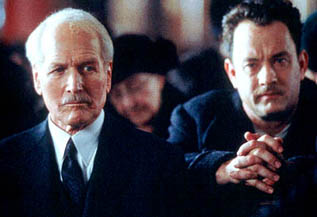|
|
A-List: CinematographersBy Josh SpiegelJune 10, 2010
Gregg Toland Is it appropriate that we end at the beginning? Granted, Gregg Toland is not the first cinematographer, and he is certainly not the only great cinematographer of his time (one man left off the list is James Wong Howe). But it’s thanks to Toland that we have pretty much any kind of cinematic visual style. In 1941, he was the man who helped Orson Welles bring Citizen Kane to life, getting an Oscar nomination in the process; he lost, but did win an Oscar in 1939 for his work in Wuthering Heights. Toland, for all of his prowess with camera techniques, was primarily a black-and-white photographer. His only Technicolor film came in 1946, and is one that most of us probably haven’t ever seen, and may not, depending on how stringent the Walt Disney Company continues to be. Yes, film buffs, he was the cinematographer for the controversial Song of the South. Of course, if you know about Song of the South, you probably know about its racially charged storyline, not about Toland’s work. Still, the man was immensely talented, bringing the idea of deep focus to the silver screen. Citizen Kane wasn’t his only masterwork. Let’s not forget about The Grapes of Wrath and The Best Years of Our Lives. But it’s Kane that everyone remembers, and justly so. I realize that there are some people out there who would only agree that Citizen Kane is an important film (and it is), but it is also great, not only for what it brought to Hollywood but for its memorable visuals. Fans may have their own favorites, but the best shot in the film remains Kane, sitting in an opera house, fiercely getting up to applaud his wife, a mediocre singer, standing alone. Toland didn’t stand alone, but we shouldn’t forget him for all he’s given us.
|

|
|
|

|
Friday, November 1, 2024
© 2024 Box Office Prophets, a division of One Of Us, Inc.


